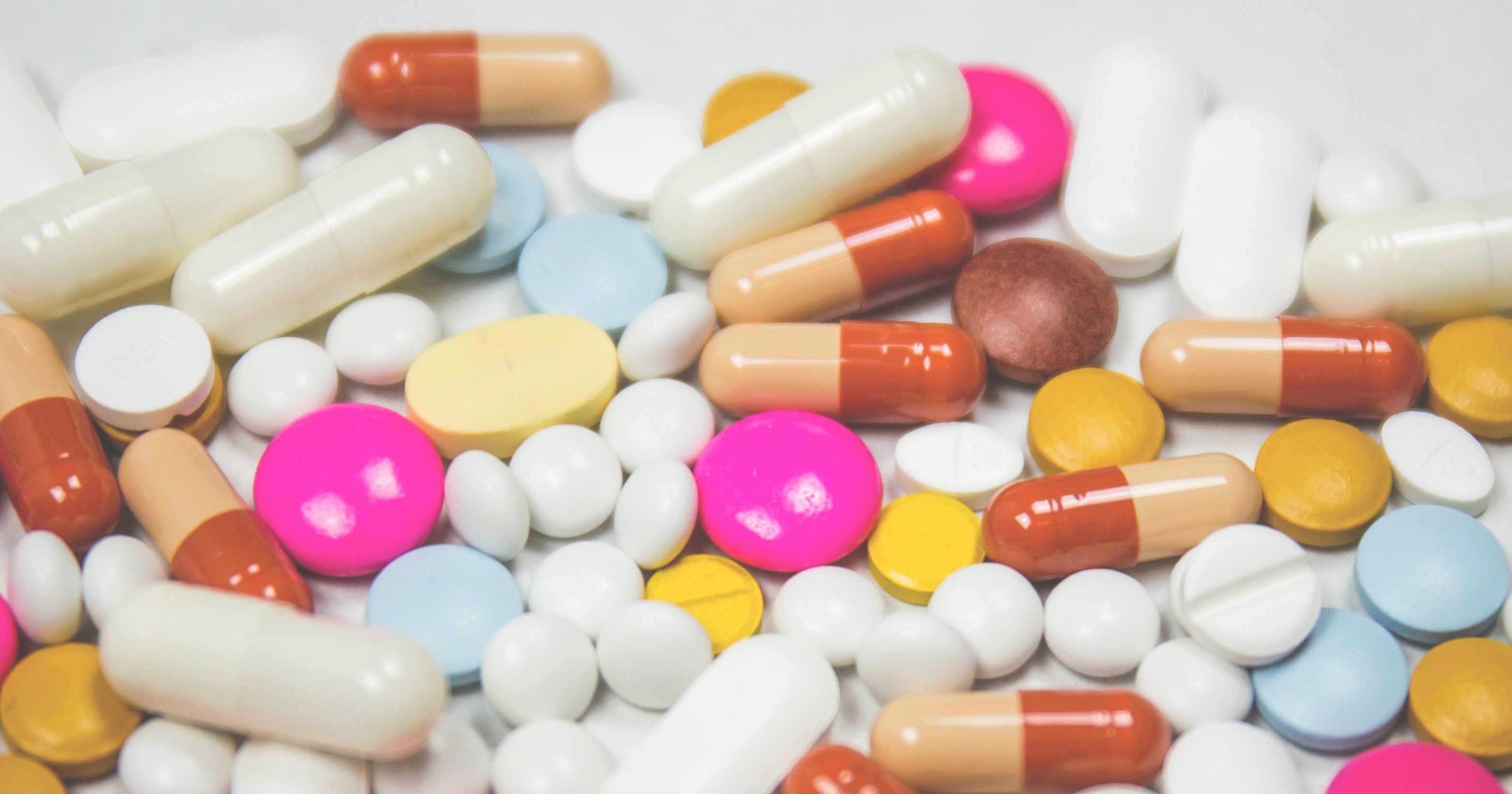Avoiding the Narcotics Trap When Managing Your Low Back Pain
It is common knowledge that there is currently an epidemic of narcotic abuse in the United States. A recent article on the management of back pain in Consumer Reports was ‘spot on’ [Consumer Reports June 2018]. It suggested that the three most critical elements of managing chronic back pain did not involve the use of drugs. Over the counter medications and nonprescription drugs were number four on the list. Narcotics were at the bottom of the list.
- Control the acute pain immediately: within the first several hours after the back injury, ice or in a cold pack applied to the injured area will decrease swelling in the area and reduce the leakage of blood and other tissue fluids into the injured area. Continue to gently exercise the muscles around the joint to prevent the joint from becoming stiff. After 24 hours, warm packs applied to the area or warm showers may help to reduce pain in the area by relaxing the muscles around the joints and increasing blood flow to the joints to allow the body to reprocess any small amount of fluid that leaked into the tissue surrounding the joint
- Ask your doctor to show you how to use gentle exercises to assist in restoring the function of the joints: continue to gently exercise the muscles around the joint to maintain flexibility of the joint after a minor joint injury. If you are unsure of what exercises to use, we suggest that you ask your doctor to refer you to a local physical therapist. A 2017 study in the American Journal of epidemiology show that people who used physical therapy to manage their low back pain were able to return to normal activity faster than those who did not have physical therapy
- Use alternatives that strengthen the core muscles and relieve pressure on your back. Alternatives that may assist in managing your back pain include:
- Acupuncture – be sure to get a recommendation from your doctor for a trained, certified acupuncturist
- Chiropractic – a recent review in the Journal of the American Medical Association found that manipulation of the spine by a trained, licensed Chiropractor, provided significant relief to patients with low back pain
- Yoga: overtime, yoga may improve the function of your back, by strengthening the “core” muscles that support your trunk and back muscles
- Tai Chi: Tai Chi works very similar to Yoga. Again, we suggest that you find a certified Tai Chi instructor
- Non-prescription medicines such as ibuprofen [Advil] or naproxen [Aleve], can be used to supplement the above pain management modalities. These are called nonsteroidal anti-inflammatory agents [NSAID]. You should be aware that these medications can damage the lining of the stomach and should not be used if you have a history of gastritis, GERD, or peptic ulcer disease.
- What about narcotics? My suggestion is that you avoid the use of narcotics whenever possible, especially opioid medications such as oxycodone. If your low back pain is not relieved by the measures outlined above, then we suggest that you have a discussion with your doctor and ask for referral to specialist you may be able to conduct additional tests to look for injury in the joints
- Managing the constipation that often accompanies low back pain. Constipation may be caused by pain in the back and difficulty with sitting on the toilet. Many pain medicines can also cause constipation and may worsen the problem with constipation. We suggest the following approach to managing the constipation that is so often associated with low back pain:
- Practice sitting erect on the toilet seat with your back against the toilet seat. Leaning forward when you are sitting on the toilet seat can make it more difficult to have a normal bowel movement
- Whenever possible, avoid the use of narcotics in managing your back pain
- As soon as possible back pain starts, use a stool softener such as Colace or a small amount of prune juice with every meal, until you are having wanted to soft bowel movements per day
- Maintain your hydration by increasing your water and non-calorie fluids, and increase your intake of fruits and vegetables and soups

